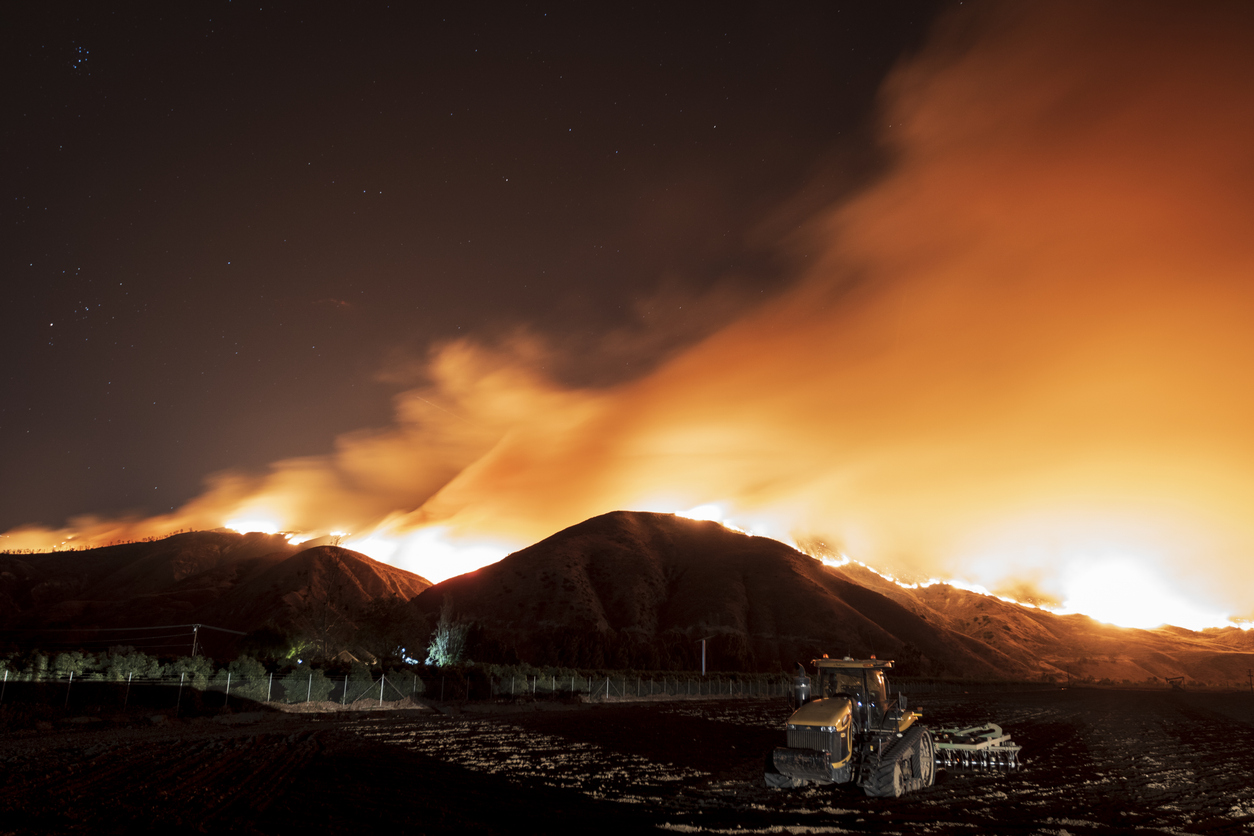If you live in Southern California and watch the news, you’d find there are endless broadcasts highlighting the anticipated coming of what meteorologists believe to be the worst El Niño weather pattern that California has experienced in decades. Just this morning I watched a segment that highlighted the differences on the impact of El Niño storms depending on the topography of the land.
In the mountain terrain of Southern California such as Lake Arrowhead or Big Bear, the snowfall is expected to be thick heavy snow that will cause ice damning and collapse issues on roofs of homes and business, while the Valleys of Los Angeles (specifically highlighted was the San Fernando Valley) had the potential of becoming a 3 mile wide lake wherein the rainfall would be so dense that the sewer systems would become overrun and cause massive flooding. The broadcast stated that coastal cliff areas could experience flooding and mudslides, with difficulty to residents trapped in certain areas with little means of easy access if roads such as Pacific Coast Highway are inaccessible. We all know that Malibu isn’t easily accessible unless Pacific Coast Highway is open and free of debris.
Although the newscast was pointing out worst case scenarios, they also touched upon the multitude of insurance issues that will arise. Although a downed tree onto a home may be a covered loss if heavy wind occurs, flooding would not be covered if flood insurance (which takes a month to take effect) is not purchased separately from a regular homeowner’s policy.
It was only one decade ago that I remember experiencing the last significant El Niño and I remember it well because walking in crutches during one heavy rainstorm after another was incredibly memorable. I also recall downed trees and street flooding occurred because Southern California’s parched soil could not soak in a heavy downpour fast enough and at one point the soil was saturated and could not take anymore.
As a Southern Californian, I hope for a nice moderate rain and great snowpack that can be captured to end California’s long drought. However, I’m well aware that Californians are not ready for El Niño and the anticipated rains will reveal how many Californians are uninsured or underinsured and do not have the proper insurance coverage. The insurance industry is well aware of the damage that El Niño can cause in California and I would not be surprised in the coming weeks if certain moratoriums on purchasing flood coverage will be instituted. Insurance is an essential part of our lives and insurers know that if the anticipated El Niño comes to fruition, California will be the next hot spot for property damage.



